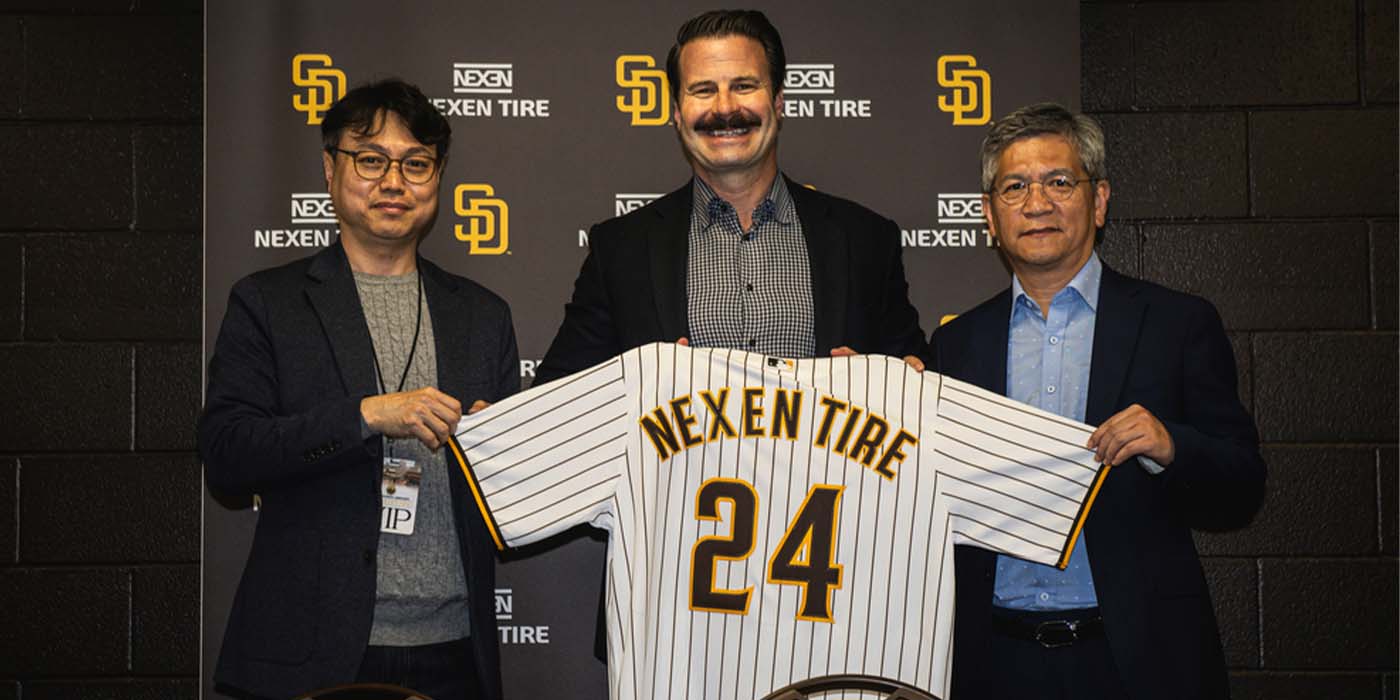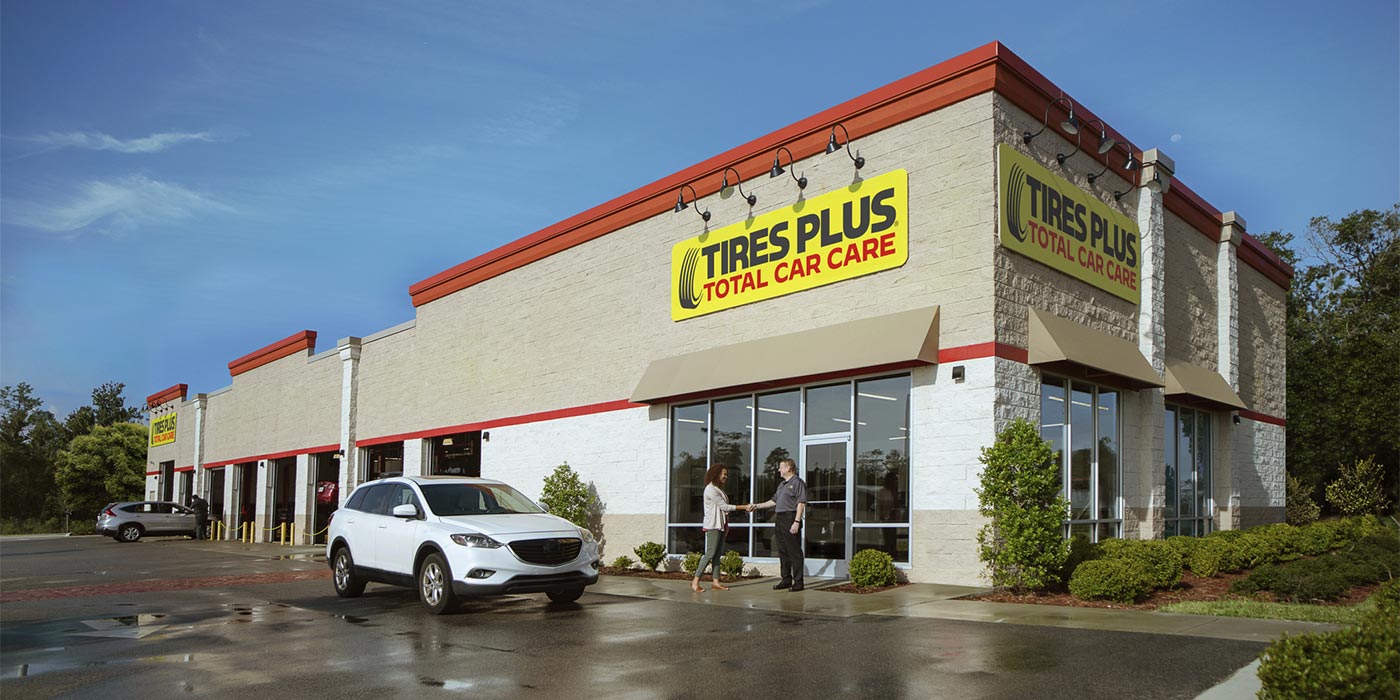In 2015, marketers spent $141.8 billion dollars on advertising across TV, newspaper, magazines, radio, digital, outdoor, and directories. This includes everything from the massive media budgets of global brands down to the shoestring tactics of the corner mom-and-pop store.
According to research by analyst David Raab, that $141.8 billion investment resulted in an estimated 264 paid-for marketing impressions per person, per day. While it may feel like that number should be in the thousands, it’s actually in the hundreds depending on the study, methodology and vicinity. (Visit New York and you’ll see that city dwellers are exposed to more ads than most.)
Some experts claim that people are exposed to 5,000 ad impressions every day. Raab believes this “5,000 views daily” is a myth. Assuming 8 hours of sleep, we are awake for 57,600 seconds each day. So in order to see 5,000 marketing messages, we would have to see one about every 12 seconds.
Regardless of whether or not it’s hundreds or thousands, the competition for consumer attention can be overwhelming.
Yet what you see and what you remember are two different things. Our reptilian brains can only handle so much – far less than the number of advertising messages served up to us on a daily basis. With so many businesses and brands vying for attention, getting noticed is just the first step. Persuading a person to take action is the ultimate goal.
The Emotions of Marketing
At its core, great marketing creates an emotional connection with your brand. It’s compelling. In fact, I’d argue that you cannot be persuasive in any piece of marketing without tapping into the emotions of the person or audience you hope to attract no matter how much you spend.
Earlier I mentioned the reptilian brain. This drives our emotion/action responses. As sophisticated as we believe ourselves to be, humans are animals with basic neuro-programming that supports automatic and universal responses to situations and information based on an innate survival instinct. Psychological research consistently proves there are primary patterns and emotions that are “hardwired” into our species. The identification of these emotions in order to better manage (or market to) them goes back through the ages. In fact, the ancient Chinese “Book of Rites” first described the basic human feelings as joy, anger, sadness, fear, love, disliking and liking. Then 2,000 years later in 1980, Robert Plutchik grouped the primary emotions into four polar opposites: joy-sadness, anger-fear, trust-disgust, and surprise-anticipation .
Tapping into the root of our primary emotions as a basis for inspiration in your campaigns can be far more effective than simply competing on price and product alone. It can also help you break through the clutter of messages to zap into people’s hearts, which is where loyalty lives.
Romancing the Customer
When I first studied persuasive marketing, my instructor described it as a romance. He explained that effective marketing – its message and flow – can be compared to a boy meeting a girl at a bar. The pickup line (think headline of an ad or subject line of an email) needs to be intriguing enough so people want to find out more, but not so direct as to turn them off or scare them away. From there, your message builds with images, offers, and information bringing them to the action you’d like them to take.
All promotions have a certain flow. It helps to view each element as a step to romancing the prospective customer into action. If any element doesn’t add to the journey toward the outcome you want, edit it out.
Take a quick audit of your company’s marketing and campaigns through the lens of persuasion and emotion. As you review your next marketing piece, ask yourself:
What do I want the outcome to be? Narrow it down to one request, idea or goal per piece. Don’t try to cram five options or three calls to action into a single ad or email. Keep it simple and build the path to that one big idea. By being clear and focused on just one, you’ll get better results.
What’s the best emotion to trigger action based on the audience targeted? My advice is to keep it positive; tapping into fear may work initially, but eventually it can backfire. (What works for law firms may not work for tire dealers.) And if you can’t really figure out what emotion is being used, see what you can do to introduce one.
Does it speak to them personally? Company name and what you sell isn’t nearly as effective as relating to people on a more personal level.
Where is the viewer “in the moment” and what is the context of the person when they’re exposed to the ad? Are they on a bus, driving to work or freaking out because they have a flat tire? Are they happy, bored or frustrated? Tap into that and use language that meets people as they are and where they are in the sales process.
What are the concerns that may be holding a person back? Understand why they may hesitate and address it head on in your promotion. Like the best pick-up artists, validating and recognizing their fears is one way to overcome them.
Is it easy to understand what you want them to do, and is there a compelling reason for them to take action? Keeping it clear and simple to helps your message to break through. And once it does get their attention, look for ways to get under their skin or into their hearts.
Overall, be thoughtful about your approach. Test everything to see what works best, including headline, first paragraph, images, design, call to action, offer, colors, etc. Then use your findings to continue to improve the appeal.
Facts Behind the Feelings
The other side of the coin of persuasion is to provide enough detail and proof for their emotional instinct to be supported by logic. People need justification for feeling the emotion or impulse to take action.
The interesting thing about humans is that most will completely deny the idea that they make decisions based on emotion, but we all do. Most will say they decide things based on the facts presented, but that’s only half true.
Rarely is this more true than when people are shopping for cars. Their desire for their dream car is validated with facts on things like fuel economy or rebates or safety ratings. Yes, that Corvette will hold its resale value better than the Hyundai, so of course the Corvette is the right decision – not to mention the secret joy of pulling in and parking next to their brother-in-law’s minivan to really make him jealous.
This same emotional logic can apply to tires sales. Tapping into what matters most to each customer backed up with the facts to support the buying decision is one more reason product training should be a priority for your team.
Building Trust
According to Forrester Research, you have 7 seconds to capture someone’s attention and for them to decide if you’re worthy of more time. That means in today’s complex marketing environment, consistency in design and content across steps of the marketing conversation is critical. Make sure each step of the campaign coordinates.
Whether the action is a click, a visit, a purchase, a phone call or a thought, great marketing inspires people to take action. The goal is to create a meaningful connection between buyer and brand. Plucking the heartstrings of your prospective customers can make all the difference as you use persuasive marketing to build your business.














